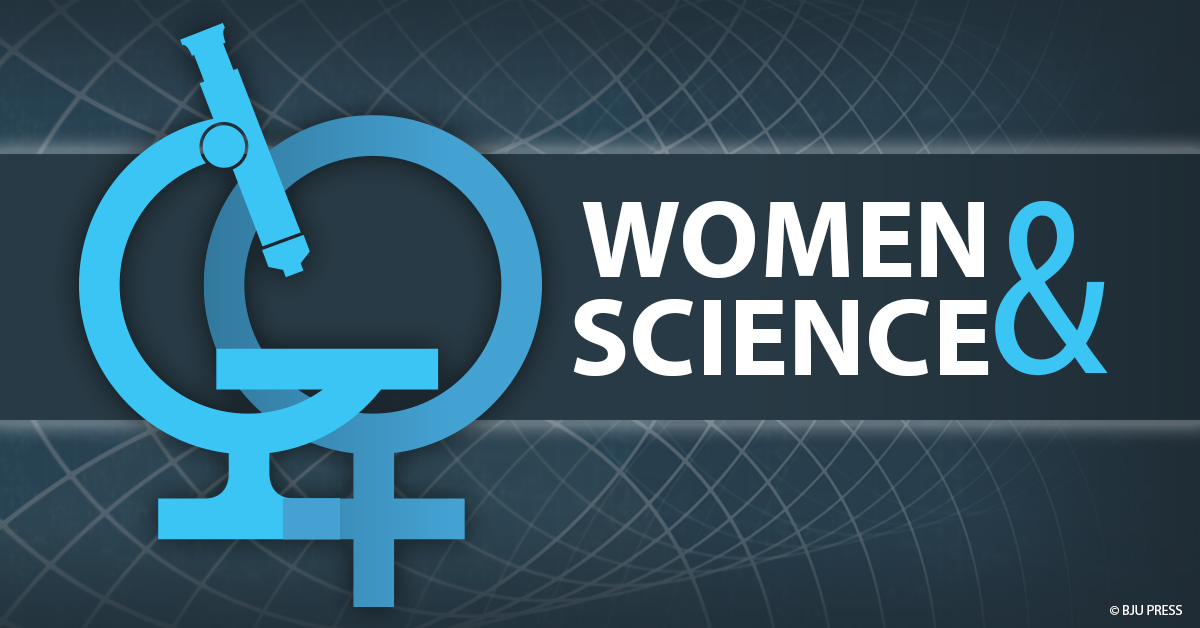Behind every woman in science, there is often another woman.
History is full of women in science who we may not have noticed before. Rosalind Franklin was an emerging chemist at the University of Cambridge when she met Adrienne Weill. Adrienne, a chemist herself and a French refugee, was a former student of physicist/chemist Marie Curie. Marie Curie was the first woman to win a Nobel Prize. Adrienne tutored Rosalind in French and eventually helped her get a job with the French government doing x-ray crystallography. X-ray crystallography involves using x-rays from atomic crystals to make images of the shapes of molecules.
At the same time (in the early 1950s), James Watson and Francis Crick were working on building a model of the DNA molecule that contains the code of life in the cell. They were having a hard time determining the shape of DNA. Rosalind’s work in x-ray crystallography on the DNA molecule convinced Watson and Crick that DNA was a double helix. Rosalind’s experience in chemistry opened up doors of understanding in biology for generations to come.

As a woman involved in science myself, I have a BS in chemistry and a MS in teaching and learning. It was my mom, who studied biology and chemistry, who inspired me to study science. However, I’ve largely stayed away from biology, working for the past thirteen years at BJU Press on textbooks for physics, earth science, physical science, and chemistry. But that changed two years ago when I started collaborating with several other people to write Biology (fifth edition).
While working on the first chapter, I realized that the story of Rosalind Franklin’s contribution aptly illustrates the way science works in the real world and how women can be a part of that. My hope is that our work on Biology (fifth edition) will inspire both young women and young men alike to investigate God’s world and use their knowledge to help people for generations to come.
If you’re interested in learning more about Biology (fifth edition), I’ll introduce the book to you in this video.
• • • • •
Rachel is passionate about helping students engage, learn, create, and experience the joy of learning. And she wants this enthusiasm to be contagious. The same sense of wonder that sparked her curiosity in childhood spurred her to pursue a degree in chemistry and a master’s degree in education. She wants to share her passion as she draws from her teaching and writing experience to provide academic oversight for writing teams at BJU Press.